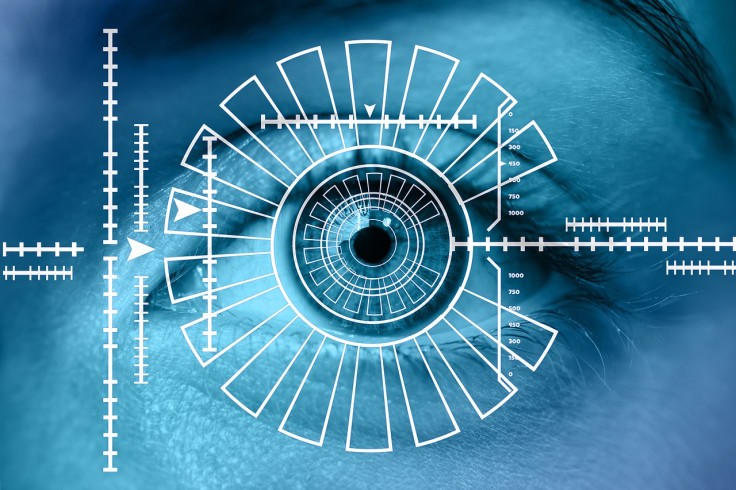
Biometric authentication is being incorporated into an increasingly large number of devices we use every day. This is most evident with our laptops, tablets, and mobile phones where it is being used to augment usual login security measures such as passwords or PINs.
This technology has been long implemented by governments and banking services for validation or entry into secure areas but is now becoming part of our everyday lives. So, what exactly is biometric authentication, and how does it work?
In this article, we will explore the common types of biometric authentication and how they are used.
What is Biometric Authentication?
Biometric authentication uses one or more of your biometric features such as your fingerprint or the voice of a user to verify access to a physical or digital environment.
A record of one or more of your unique physical and biological characteristics is stored on a database and matched for authentication purposes. There are several types of biometric authentication used, depending on the environment the user is trying to access and the level of security required.
Types of Biometric Authentication
This technology is constantly evolving and progressing to become more widespread and reliable. The four that you are likely to encounter in the workplace or in your everyday life are listed below.
Fingerprint Scanners: Fingerprints are unique to every individual; even twins do not have the same prints. These are the most common form, and if you have worked in any secure data environment, you are likely to have encountered one of these. Fingerprint scanners have become a common authentication factor on devices such as smartphones and tablets.
Facial Recognition: Once only part of science fiction or spy movies, this technology is now a reality. It matches dozens of facial points and compares them to the database, and then allows access once those features are verified.
Voice Identification: Voice recognition is another one we may have seen in films and is one of the older forms of biometric identification. It has been found in voice-activated, and speech recognition technology since the 1970s when the first system for speaker recognition technology was developed and tested by the US Airforce and MITRE Corporation.
Eye Scanners: This is usually in the form of a retina scan or iris recognition-the first works by shining a light in the eye and reading the visible blood vessel patterns. Iris scanners look for unique patterns in the coloured ring around the pupil. In both cases, this information is matched with data stored on record. The first iris recognition scan was patented in 1994, and it is this patent that created a cornerstone for the iris scanners that have developed today.
While there is still some way to go in the development and implementation of biometric authentication, it has come a long way from where it started. It is still uncommon for biometric authentication to be the only security method in place and is more likely to part of a two-step authentication process.









